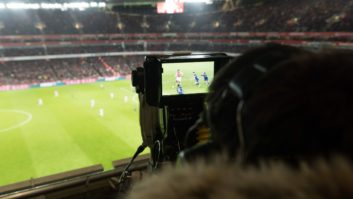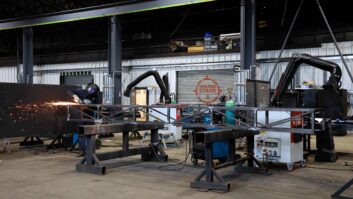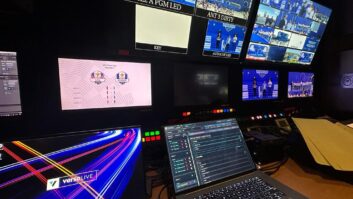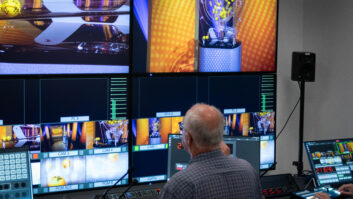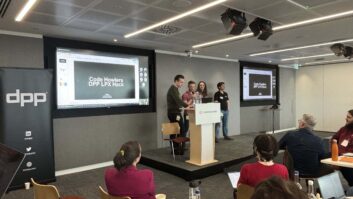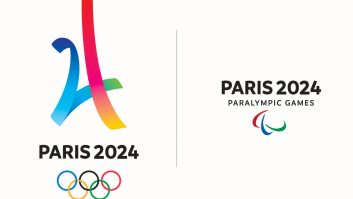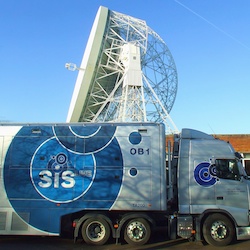
SIS Live has provided outside broadcast and uplink facilities for the third series of BBC’s Stargazing Live 2013. The three x 60-minute BBC2 and BBC HD shows, presented by Professor Brian Cox and Dara O Briain, were broadcast from the control room and other locations at the Jodrell Bank Observatory. Live inserts from NASA’s Jet Propulsion Lab in Los Angeles and California’s Mojave Desert were delivered by satellite link to Atlanta, transmitted by transatlantic fibre to Germany and then satellite linked to Jodrell Bank. Via a live link from the BBC Weather Centre meteorological experts were also able to give viewers live forecasts on when and where to expect the best conditions for their own stargazing activities. An outside broadcast feed was taken in from a replica of the Herschel telescope in Derby, UK. SIS Live provided a main HD and back up SD circuit with two-way communications. All incoming and outgoing links were handled at Jodrell Bank by Link 21. This, the largest TV satellite uplink truck in the UK, is capable of generating a six channel MPEG multiplex on its dual redundant uplink whilst simultaneously managing the reception of up to five satellite feeds from other venues. At Jodrell Bank the facility company’s OB 1 truck handled all incoming feed including upconversion and standards conversion. Scan converters were also employed to convert output from laptops into HD formats suitable for transmission. On site there were six broadcast cameras moving between three locations: the main control room, the exhibition centre and outside by the main telescope. Two special starlight cameras in the nearby ‘dark’ field and a remote pan and tilt camera on a 34m hoist gave further shots. Inside the studio, three 52-inch plasma screens were installed, plus a 63-inch plasma screen that was remotely operated via an iPad by Professor Cox, allowing him to illustrate the various mind-bending concepts and theories discussed. In-studio sound was captured from four different positions using up to ten radio microphones and three in-ear monitoring systems. SIS Live also installed two independent edit suites: one in OB1 and another remotely in the observatory, which afforded users 24hr a day access. Through its iDirect system SIS Live also provided two broadband networks allowing the OB unit to downlink graphics and other resources for the creation of the show. – Adrian Penningtonwww.sislive.tv
